Contents
Tools – Hand and Power:-
Hazards in power tools and hand tools:-
Workers using hand and power tools may be exposed to these hazards:
- Objects that fall, fly, are abrasive, or splash.
- Harmful dusts, fumes, mists, vapors, and gases.
- Frayed or damaged electrical cords, hazardous connections and improper grounding.
Basic Tool Safety Rules:-
- Maintain regularly.
- Use right tool for the job.
- Inspect before use.
- Operate according to manufacturers’ instructions.
- Use the right personal protective equipment (PPE)
- Use guards.
Hand Tool Hazards:-
Hazards are usually caused by misuse and improper maintenance Do not use:
- Wrenches when jaws are sprung.
- Impact tools (chisels and wedges) when heads have mushroomed.
- Tools with loose, cracked or splintered handles.
- A screwdriver as a chisel.
- Tools with taped handles – they may be hiding cracks.
Hand Tools – Protection:-
- Use PPE, such as safety goggles and gloves.
- Keep floor surface where working free from debris and tripping or slipping hazards.
- Keep cutting tools sharp.
Power Tools:-
Must be fitted with guards and safety switches
Extremely hazardous when used improperly
Different types,determined by their power source:
- Electric
- Pneumatic
- Liquid fuel
- Hydraulic
- Powder-actuated
Switches:-
Hand-held power tools must be equipped with one of the following:
Constant pressure switch
shuts off power upon release
Examples: circular saw, chain saw, grinder, hand-held power drill
On-Off Switch
Examples: routers, planers, laminate trimmers, shears, jig saws, nibblers, scroll saws
Hand-held power tools must be equipped with one of the following:-
- Disconnect tools when not in use, before servicing and cleaning, and when changing accessories.
- Keep people not involved with the work away from the work.
- Secure work with clamps or a vise, freeing both hands to operate the tool.
- Don’t hold the switch button while carrying a plugged-in tool.
- Keep tools sharp and clean.
- Consider what you wear – loose clothing and jewelry can get caught in moving parts.
- Remove damaged electric tools & tag them: “Do Not Use”
Power Tools – Precautions
Electric Cords:-
- Don’t carry portable tools by the cord.
- Don’t use electric cords to hoist or lower tools.
- Don’t yank cord or hose to disconnect it.
- Keep cords and hoses away from heat, oil, and sharp edges.
- To protect a worker from shock, these tools must: * have a 3-wire cord plugged into a grounded receptacle* be double insulated, or *be powered by a low-voltage isolation transformer
Electric Tools – Good Practices:-
- Operate within design limits.
- Use gloves and safety shoes.
- Store in a dry place.
- Don’t use in wet locations unless approved for that.
- Keep work areas well lit.
- Ensure cords don’t present a tripping hazard.
Abrasive Wheels and Tools:-
May throw off flying fragments Equip with guards that:
- Cover the spindle end, nut, & flange projections.
- Maintain proper alignment with the wheel.
- Don’t exceed the strength of the fastenings.
Guard so that a minimal amount of the wheel is exposed
Inspecting Abrasive Wheels:-
Before mounting:
- inspect closely for damage.
- perform sound- or ring-test to ensure free from cracks / defects.
To test:
- tap wheel gently with a light, non-metallic instrument.
- if wheel sounds cracked or dead, do not use it because it could fly apart.
Abrasive Wheel Use:-
To prevent cracking:
- fit the wheel on the spindle freely
- tighten the spindle nut enough to hold the wheel in place without distorting the flange
Let the tool come up to speed prior to grinding or cutting, Don’t stand in front of the wheel as it comes up to full speed, Use eye and/or face protection.
Abrasive Wheel Work Rests:-
Keep work rests not more than 1/8th inch from wheel surface, This prevents jamming the work between the wheel and the rest, which may cause the wheel to break Don’t adjust wheel while it’s rotating.
Guarding:-
Guard exposed moving parts of power tools, Guard belts, gears, shafts, pulleys, sprockets, spindles, flywheels, chains, or other moving parts, Never remove a guard when a tool is in use.
Guarding Protection:
Machine guards must protect the operator and others from:
- Point of operation
- In-running nip points
- Rotating parts
- Flying chips and sparks
Radial Saw Guarding:
Guard to prevent the operator from coming in contact the the rotating blade.
Pneumatic Tools:-
Powered by compressed air
Includes nailers, staplers, chippers, drills & sanders
Main hazard – getting hit by a tool attachment or by a fastener the worker is using with the tool
Take the same precautions with an air hose that you take with electric cords.
Pneumatic Tools – Fastening:-
- Ensure tool is fastened securely to the air hose to prevent a disconnection.
- Use a short wire or positive locking device attaching the air hose to the tool.
Pneumatic Tool Safety:-
- Place a safety device on the muzzle to prevent the tool from ejecting fasteners, unless the muzzle is in contact with work surface
- Install a safety clip or retainer to prevent attachments, such as chisels on a chipping hammer, from being ejected
- Wear eye protection. Wear hearing protection with jackhammers.
Liquid Fuel Tools:-
Usually gas powered
- Main hazard – fuel vapors
- Use only approved flammable liquid containers
- Before refilling a fuel-powered tool tank, shut down the engine and allow it to cool.
Powder-Actuated Tools:-
- User must be trained and licensed to operate.
- Test tool each day before loading to ensure the safety devices are working properly.
- Wear suitable ear, eye, and face protection.
- Select a powder level that will do the work without excessive force.
Powder-Actuated Tool Safety Tips:-
- Don’t use in explosive or flammable atmosphere
- Inspect tool before use to ensure:
it is clean, that moving parts operate freely, the barrel is free from obstructions and has the proper shield, guard, and attachments
- Don’t load the tool unless using immediately
- Don’t leave a loaded tool unattended
- Keep hands clear of the barrel end
- Never point the tool at anyone
- Store unloaded in a locked box
Jacks:-
To set up a jack, ensure:
- The base is on a firm, level surface.
- It’s centered.
- The jack head is placed against a level surface
- You apply the lift force evenly.
- Lubricate and inspect jacks regularly.
- The manufacturer’s rated capacity must be marked on all jacks and must not be exceeded.
- All jacks must have a stop indicator that is not exceeded.
Summary:-
Hazards are usually the result of improper tool use or not following one or more of these protection techniques:
- Inspecting the tool before use.
- Using PPE (Personal Protective Equipment).
- Using guards.
- Properly storing the tool.
- Using safe handling techniques.
Who is responsible to maintain a register for safety checking of hand and power tools?
- Electrical Engineer (First inspection by electrical person).
- Safety Officer/Safety supervisor. (Final inspection by Safety officer/Safety supervisor).


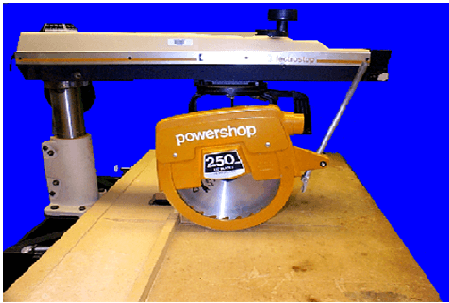

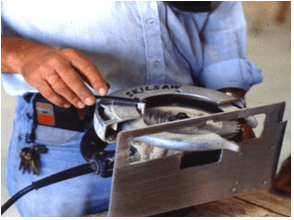
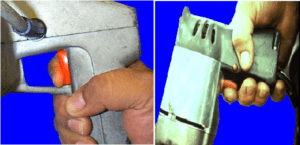
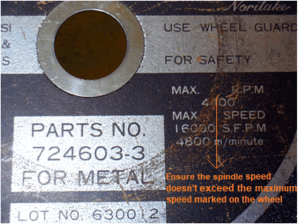
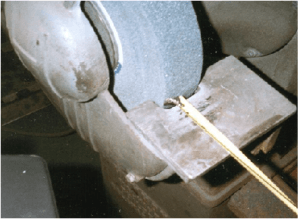
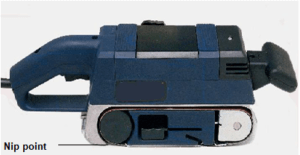
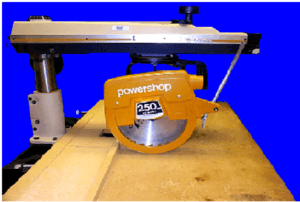
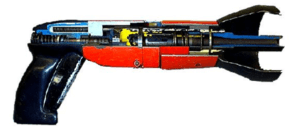
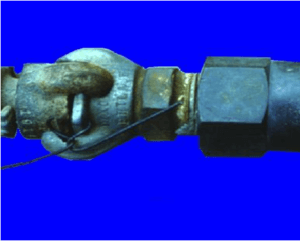
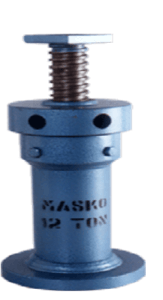

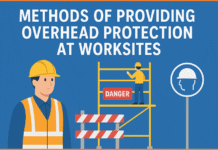
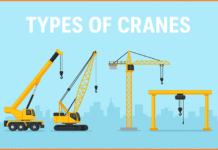
Safety first at all times, would be good to include Manufacturer’s link for each tools mentioned
This guide i really cool at the safety stuff of hand and power tools i love this post! i’m a handyman but not do work as professional i love doing Diy handy works. I will use this information in my rest of career thanks guy for making my confidence more strong with this information!!
Send me sir
hand tools make a set or fix easily by brain and mind and power tools use for by electricity even battery. So these make a combination set.